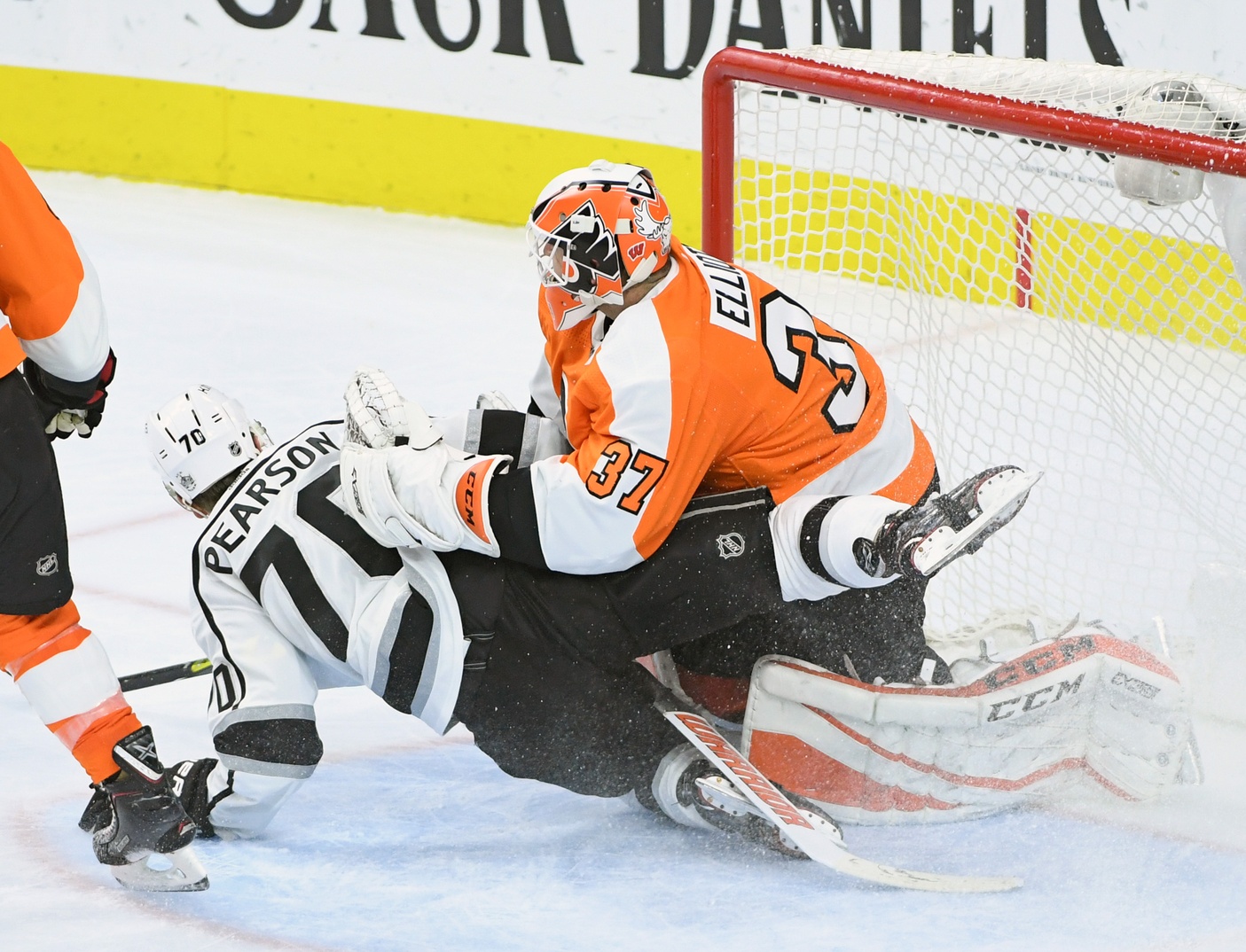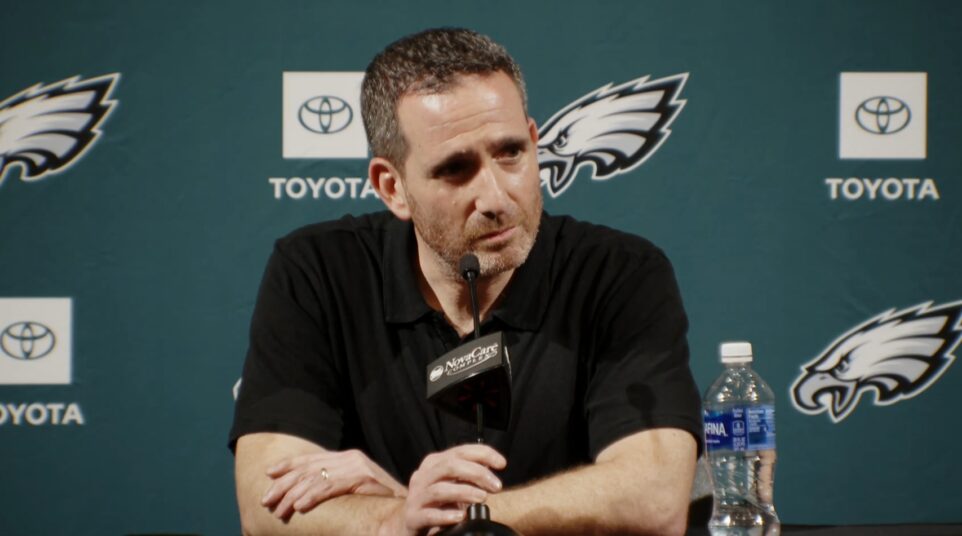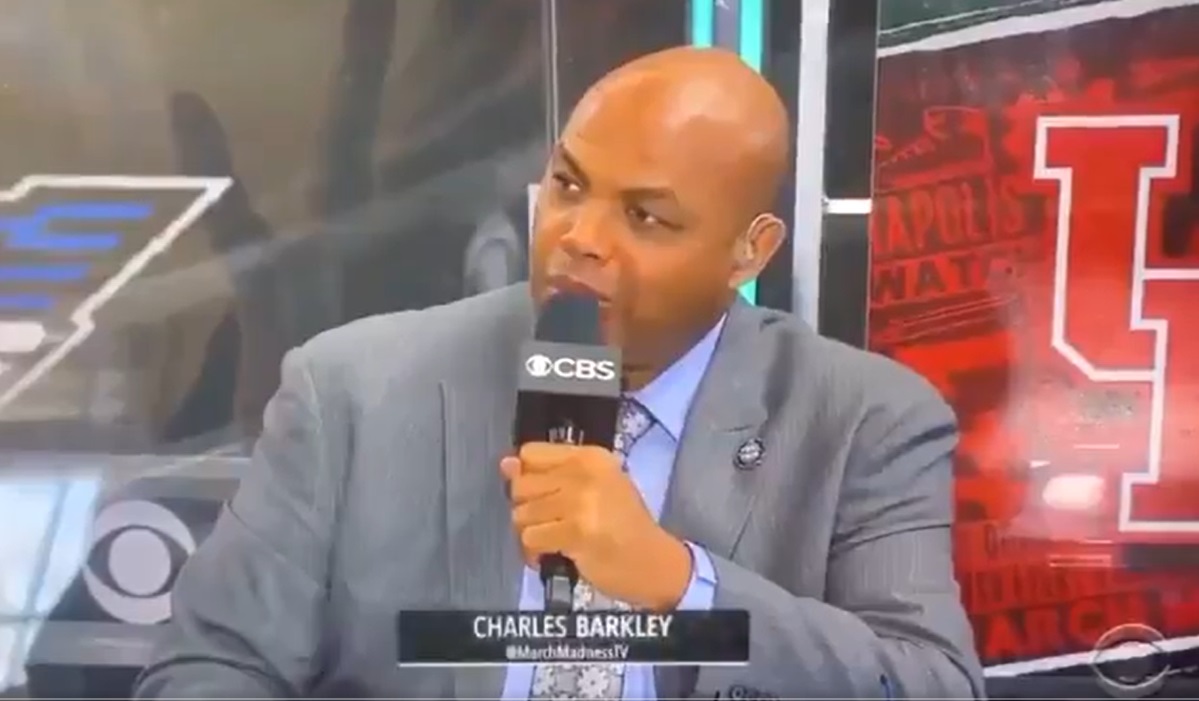
A Good Loss? How the Flyers Can Use a 4-1 Defeat Against the Kings to Shape Their Season
Last night’s loss to the Los Angeles Kings was a good thing for the Flyers.
Let me say that again.
Losing to the Kings 4-1, and in the manner that it happened, was a good thing for the Flyers.
Why?
Because it now put them on this season’s precipice. It has brought us to the point of “show us what you’re made of” hockey.
There will be no more talking of streaking. We get it – they weren’t as bad as the results of losing 10 straight would indicate, nor are they as good as how they looked in the six games they won immediately afterward.
And if they won again last night, that’s all we’d still be talking about – streaks, streaks and more streaks.
I get it, it’s a narrative. I would have been right there with everyone else, although still with a keen eye on what was really happening and willing to point out the flaws, even if there was success.
But we won’t have to go down that path for a while. now. Nope, now those streaks are behind us, and the Flyers are 6-6-5 since they began, which is far more indicative of the kind of team they really are than either streak would have indicated.
And now, they’re pretty much done with the Western Conference for a while. With the lone exception of the return of prodigal son Brayden Schenn and the St. Louis Blues the Saturday after New Year’s Day, 20 of the next 21 Flyers games are against Eastern Conference opponents. So, we can stop with the “too many games against the West” talk that has been bandied about for the first 10 weeks of this season.
No, now we are into the meat of the season. It will reach it’s official halfway point after that aforementioned Blues game, and the Flyers find themselves just four points out of a playoff spot, albeit still in last place in the Metropolitan Division.
But when you look at this next stretch of 19 games – between now and the Super Bowl – the Flyers have an opportunity to either play the kind of hockey that will get everyone excited once the NFL season is over, or the kind of hockey that will have us pumped that pitchers and catchers are reporting only a little more than a week later.
If the Flyers are going to prove to us that they can be a playoff team – as Ron Hextall has indicated or as Claude Giroux has professed, then it needs to become apparent over these next 19 games.
There are some tough matchups in there – a visit to both Columbus and Tampa on the back-end of back-to-back road sets. Three games against the upstart Devils, two road trips to Washington, and visits to the Wells Fargo Center by Pittsburgh and the Lightning.
But the schedule does lighten up. The Flyers’ bye week is included in that stretch. So is the Christmas break. And the All-Star break.
In short, after jamming games in on a pretty much every-other-day basis for a while, the Flyers only play 19 times in the next 47 days. That’s a pretty remarkable amount of down time in hockey.
So, they should be fresh on most nights. They should have time to gameplan for most opponents. This should be when we really see if Dave Hakstol has the chops to stay on as coach of this team, or if he should go as may of us suggested a couple of weeks ago.
And if they are going to prove all of us wrong and, in fact, be the playoff team that only they think they are, then now is the time to prove it, and here’s how they’re going to have to do it:
Decide what kind of team they are
The Flyers had great success early in the season with their more wide-open style of play. They were able to use their skating ability to pressure the puck, force turnovers, create chances and score goals.
They were never out of a game. They were resilient. Determined. Exciting.
But, teams caught on to their style and decided to attack its weakness by concentrating on quick transitions to catch the Flyers with too many forwards deep or a defenseman pinched too far.
This resulted in a lot of odd man rushes the other way, and left the goalie – often Brian Elliott – on an island.
The Flyers ended up chasing the game too much, and that led to a lack of discipline and penalties, and shorthanded the Flyers aren’t a very good team.
It took Hakstol too long to figure out this system wasn’t working and a 10-game skid followed.
Finally, the change came. Hakstol went old-school Devils and employed a 1-2-2 system that, while not really a trap or a left wing lock or other terms from the 1990s, it certainly bottled up the neutral zone, made it harder for teams to generate any speed through the middle of the ice, and made them work hard just to set up offensive chances.
It translated into six straight wins for the Flyers. And even though it was boring hockey, it was working.
But the brakes have been pumped in the last two games about this as a long-term solution.
Now, in full disclosure, I wasn’t at either game, and won’t be there tomorrow either because of a project I’ve been working on with WIP overnight host Big Daddy Graham (and I’m sure Kyle won’t mind a shameless plug here to come see the Big Daddy Graham Christmas comedy special called “A Row Home Christmas” which I directed – which opens with a preview show tomorrow night and runs through New Year’s Eve with special guest appearances from local celebs such as radio hosts like Angelo Cataldi and Glen Macnow, college basketball coaches like Phil Martelli, and nationally known comedians like Eleanor Kerrigan. You can get tickets here.). But, I did watch both games on DVR, and it’s starting to become obvious that if teams are willing to be patient and disciplined against the Flyers, they will keep the Flyers off the scoreboard.
The Flyers haven’t scored at even strength since Valtteri Filppula scored in the second period against Buffalo.
That’s more than seven periods. It’s 142:33 to be exact.
And stretches like that happen in hockey, so it’s not something to panic about just yet, but it’s indicative of a team being unable to generate offense off of defensive posture.
You can give the Flyers credit for allowing the second fewest goals in the Eastern Conference this season (they are tied for seventh fewest in the entire NHL), but they aren’t scoring enough – especially at even strength.
Overall, the Flyers have scored 92 goals in 33 games. That has them in the bottom third of the NHL.
At 5-on-5, the Flyers have only 58 goals, which ranks 22nd in the NHL.
So, the question becomes, what’s going to be the best way to play moving forward?
It seems the Flyers will stick with the defense-first mentality and stick with the boring 1-2-2. And there is merit in that choice. However, I think the coach might have a little faulty logic as well.
“Creating offense wasn’t the issue,” Hakstol said following the loss to Los Angeles. “That’s a game whether it be power play or 5-on-5, we created enough opportunities to win this game. Maybe it would’ve had to [have] been 2-1 in overtime. Maybe it would’ve had to been in a shootout. That’s the game it probably needed to be tonight. That’s why I said, I don’t think we made them work hard enough for the opportunities that they ended up scoring their goals on.”
See the part I bolded? That’s the thing that bugs me.
It’s a mentality that if we play teams close and tight enough and get it to overtime or shootout, we can still win and get the two points, but if not, at least we get one point for our efforts.
That’s fine against a Western Conference team… but you can’t have that mentality against Eastern Conference teams at all. It’ll end up frustrating you. You win a game, but don’t gain as much ground because the team you beat also got a point. Or you lose a hard fought game, and you slip another point further back.
Teams need to try to win in regulation in this league, and playing a more conservative style is going to prevent that from being the case more often than not.
So, while sticking with this approach, the Flyers feel they are going to be in more games, but is that true?
Prior to switching systems, the Flyers were 8-11-7, which included the 10-game losing streak. However, in those 26 games, the Flyers only lost by more than two goals four times. That means 14 of those losses were either by one or two goals – and 12 of them were by one goal.
Yes, they are 6-1-0 since the switch, so it’s hard to argue production, but when 20 of 26 games are either wins or one-goal games, it should indicate that you are right there on the doorstep.
It’ll be interesting to see how the Flyers approach these Eastern Conference games now, but with the combination of time off and games where the bonus point has a greater impact, the Flyers would be better off taking a game-by-game approach with their system rather than committing to one approach and hope it works.







